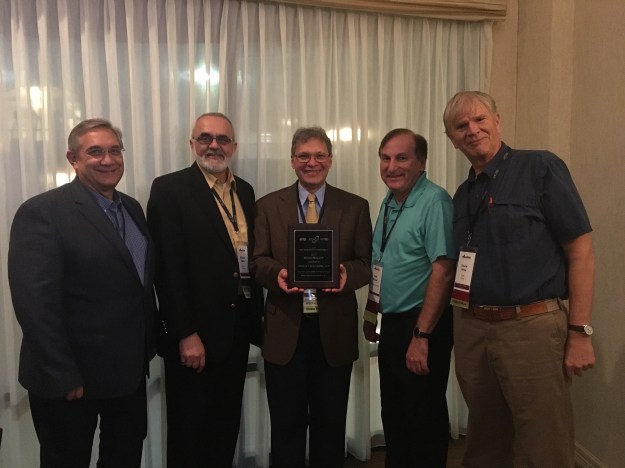Washington DC trip informational meeting:
- Title: National Security (just like first four years until they did cyber last year)
- May 13-24
- 2018 Topics:
- North Korea testing
- Cyber threats
- US election tampering
- Terrorism/Cyber-terrorism
- Environmental issues
- “Spy that Couldn’t Spell”
- gentlemen was employee given a bad review
- wrote about why he shouldn’t have been reviewed poorly,
- when he started selling U.S. secrets, cyber teams used his writing patterns from that letter to catch him.
- Much more
- Different students from different universities – there will be many variations in knowledge and background
- EX: some political science students will know areas better than us
- EX: many non-CIS majors may not understand bitcoin.
- Morning: sessions.
- Afternoon: open session.
Living situation/attire:
Dorms:
- Not allowed to go anywhere without a friend
- 2 bed 2 bath living room, 2 RMU kids and 2 other university kids
- Political views can get tough: keep them to yourself to prevent conflict with other roommates
- You will be buying toilet paper, cleaning your own place
- Bringing your own sheets
- Washer and dryer will be provided in each room
- Full kitchen
Business professional wear:
- Long hair must be in pony tail or bun.
- NO: bright colors, or cleavage
Requirements while there:
- When you have a question- wait until the end, go up, state name, University and then state your question, and then listen while still up there.
- Everybody must ask 4 questions. Plan them.
- No phones or laptops during sessions.
- Notebook and pen to take notes for daily journal during the morning. Then whole evening to do whatever.
- Required to pick a topic and write a 5 page paper on it.
- 2 pages of writing a day
Financials/payment:
- Costs: $2295 for the 10 days.
- Petition for busses.
- if using as a school credit, place under INFS4953 as an open elective or area of interest. (best to move things up to area of interest that relate to each other)
- GI bill: register to spring with the fee attached (if eligible).
- Spring course: Do that NOW. Attaches fee to that course, but if you don’t have extra money you will have to pay now. Flat rate will pay for it only left paying the seminar fee. Make sure that you specify for Spring that you are the Washington Center is to Bill the university.
- 2 grocery stores; need money for buying food. Eligible for $250 travel grant through the university. Documentation needs to be sent out. The university chooses how much money we get. We’ve gotten $250 for this. (Pay attention to emails and get the paperwork put together.) Write a 1 page letter on why you should do it.
- Fall course: Feb – March, do paperwork. Fill out application to the Washington Center. Bill me (pay Washington center directly in April)
- Will not accept financial aid; for the seminar you need to take the extra money out of your financial aid yourself and then pay them.
- recommended that you stack your courses up because the trip will count as a credit.
Concerned about cost?
Take advantage of fundraisers and start putting money towards it now!
- Dip orders.
- Candy.
- Gift cards.
- FlipGive: holiday orders online.
Any Questions?
Click here to go the Washington Center homepage.
Email Paullet about paperwork for the Fall/Spring.

 This week, the CIS Department congratulates Dr. Charles Woratschek who was inducted as an AITP-EDSIG Fellow at the annual
This week, the CIS Department congratulates Dr. Charles Woratschek who was inducted as an AITP-EDSIG Fellow at the annual 
